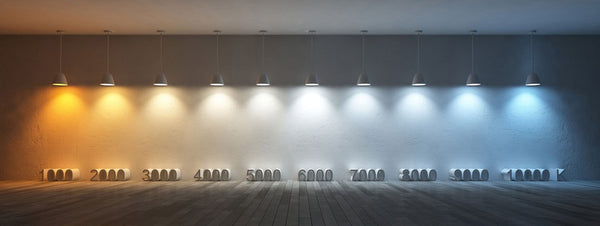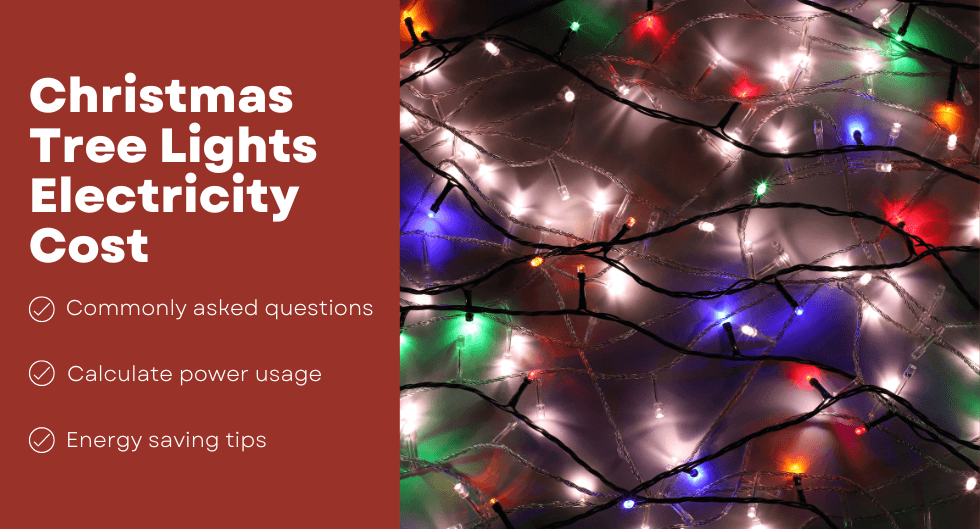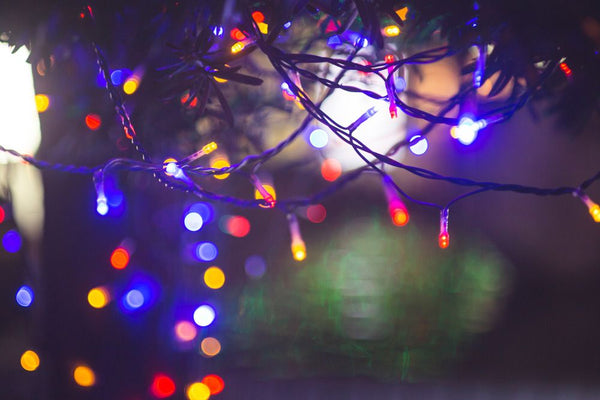Table Of Contents
Commonly Asked Questions
The exact cost depends on the wattage of the lights, how long you're using them and the cost per unit of electricity.
The current average price for electricity in the UK is 34.0p/kWh.
Incandescent bulbs are made with filament that is heated to emit light in an array of colours, depending on the filament chosen. They keep on burning until the flame burns out and the filament runs out.
LED lights have inner conductors that create light without heat. They are cool or slightly warm to the touch. LEDs are not even “bulbs” at all. LED stands for Light-emitting diode. These diodes act as a one-way switch for a current, making the “Bulbs” much safer than traditional bulbs.
Your display size and choice of bulbs, whether incandescent or LED, will influence your energy bill the most. For example, a 100-count string of incandescent mini lights runs at 40 watts, while a 70-count of 5mm Wide Angle LEDs is approximately 4.8 watts total. In fact, because incandescent wattage is 80-90% more than LED wattage, the cost to power an incandescent can be up to 90x greater than powering an LED.
Cool White LED resembles ice, warm white LEDs are similar in colour to clear Incandescent bulbs

C7 Bulbs are much smaller than the larger C9 Bulb. C9s are longer, wider, and fit into a bigger socket. C7 Bulb is usually 2-1/8" in length and 7/8" in width. In comparison, the C9 Bulb measures 2-7/8" in length and 1-1/8" in width.

- 5ft trees require 150 lights for minimum coverage and 200 for extra sparkle
- 6ft trees require 250 lights for minimum coverage and 350-400 for extra sparkle
- 7ft trees require 400 lights for minimum coverage and 500 for extra sparkle.
- Always read and follow the manufacturer's instructions.
- Examine the lights before using them.
- Check your Christmas lights are not damaged or broken before use and look out for loose wires.
- Only use replacement bulbs of the same type and rating as those originally supplied with the lights.
- Never insert or remove bulbs when switched on. Do not use lights which are damaged.
- Ensure outdoor lights are connected via a 30mA RCD-protected socket.
- Do not power too many lights with the same outlet or extension lead.
- Never use staples tacks or nails as they can damage the electrical wiring.
- Do not use lights outdoors unless they are specifically made for outdoor use.
- Keep lights clear of decorations and other flammable materials.
- Do not leave lights on when you are not in the room.
- Switch your lights off and unplug them before you go to bed or leave the house.
- Don’t run lights through windows or doors.
- Space your lights evenly to help prevent overheating.
- Ensure your lights have the correct safety markings.
- They are more cost-efficient.
- LED lights do not get hot to the touch meaning they are less of a fire hazard
- LED bulbs burn for around 50,000 hours, compared to incandescent lights which last for an average of 1000 hours.
- LED lights are more eco-friendly.
- LED lights operate at an extra-low voltage which significantly reduces the risk of electric shock
- LED lights are made of special plastic with no filament meaning they are more durable as there is no glass to break.
- LED lights won't ever burn out so you don't need to worry about replacing them or messing around with fuses.
- LED Lights have the same if not brighter lighting than standard bulbs.
- A single LED bulb can emit different colours
- Incandescent lights are fairly inexpensive.
- Incandescent bulbs are replaceable.
- Incandescent Lights typically have more bulbs per strand which contributes to the overall intensity.
Calculate Power Usage
If you would like to calculate your own power usage, use the following formula with your provider's electric charges:
- Know your wattage: Find how many total watts you will be using. (Watts per bulb x number of bulbs = Total Watts)
- Multiply times 0.001 to find kilo-watt hour.
- Multiply by no of hours you will have on a day to find kWh/day.
- Multiply by 30 days to find kWh/month.
- Multiply by the cost of power usage found on your electric bill or metre to calculate the cost.
Power Usage Calculator
Use this calculator to find the cost of your lights per month.
| Total Wattage (in Watts (1kW = 1000W): | |
| Number of Hours (per day): | |
| Electricity Cost (in pence): |
Energy Saving Tips
- Switch to LED lights as these are cheaper to run
- Use a timer to control how long the lights are on
- Both timers and extension cords support different amp capacities, so ensure these match the wattage of your Christmas lights.
- Instead of using light strings to add length to your light display, use extension leads in less visible areas.
- Switch lights off at the plug when not in use.
- Rather than adding more lights to the tree try enhancing the existing lighting with tinsel, mirrored ornaments and other reflective items.
- Use solar lights outdoors.
- Limit the amount of time you have your Christmas lights on.
- Turn off room lights when the tree is lit to maximise the lighting effect.


